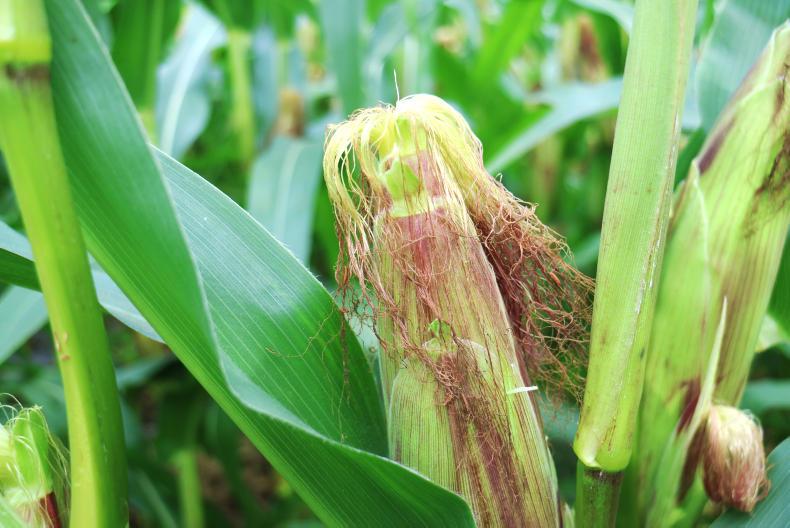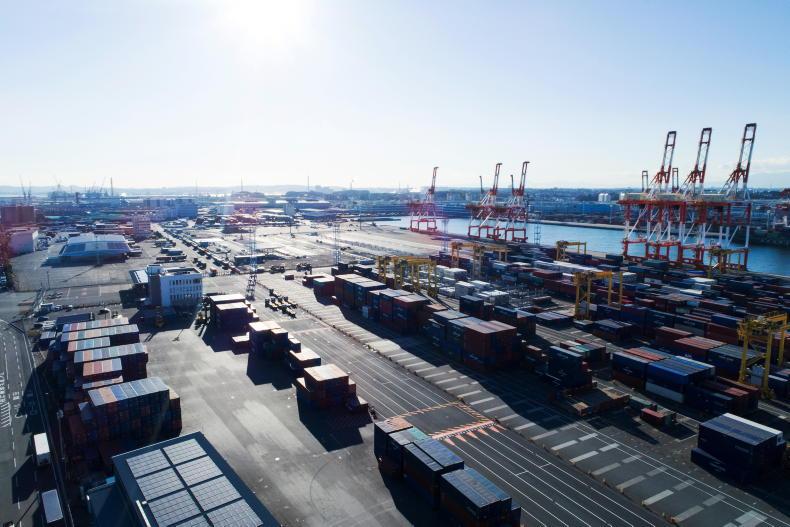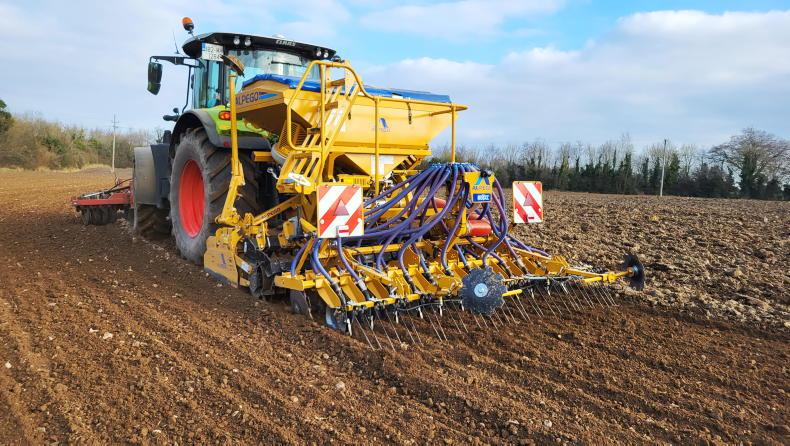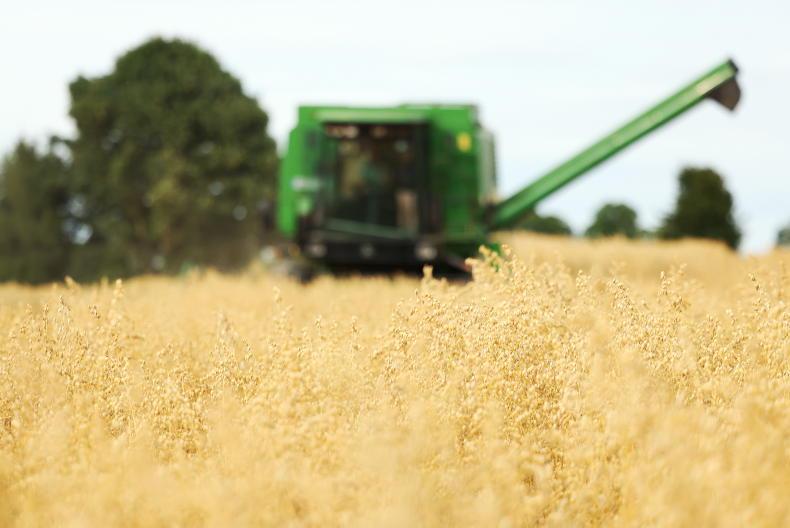Ontario is the most southerly province in Canada and is surrounded by lakes containing one fifth of the world’s drinking water. Its climate supports the production of many crops, around 2.5 million hectares planted in the region.
The main crops grown in Ontario are maize (870,000 ha) and soya beans (1.2 million ha).
Genetically modified
The Irish Farmers Journal spoke to Crosby Devitt, vice president of Grain Farmers of Ontario about the reasons why the majority of (around 98%) maize crops grown in Canada are genetically modified (GM) and contain traits including insect resistance and herbicide tolerance.
Listen to "How has GM crops helped Canadian crop production" on Spreaker.
Around 75% of the soya beans in the province are GM and mostly contain herbicide resistance to wither Glyphosate, Glufosinate and recently, Dicamba. Devitt explained that non-GM soya bean production is driven by international demand and as a result, farmers who grow the crop can command a reasonably good premium.
GM impact
“Farmers look to what the market place is looking for and see if GM fits into their system and offers something of value to them,” Devitt said. One of the benefits of growing GM crops for many growers is better weed control.
This helps keep the fields clean for subsequent crops. GM crops have essentially offered the chance to grow certain crops with less inputs.
Consumer acceptance
Devitt also explained that there is a lot of variability in relation to consumer awareness of GM crops. While are currently a number of marketing campaigns pushing non-GM crops, farmers generally listen to the consumer and will grow what the market is demanding.
Read more
Ireland number one destination for Canadian province’s maize
Planting crops for straw worth €225/t in Canada
Listen: 30% of Ontario’s 2019 winter wheat acreage lost
Listen: commanding a premium for non-GM soya beans in Canada
Ontario is the most southerly province in Canada and is surrounded by lakes containing one fifth of the world’s drinking water. Its climate supports the production of many crops, around 2.5 million hectares planted in the region.
The main crops grown in Ontario are maize (870,000 ha) and soya beans (1.2 million ha).
Genetically modified
The Irish Farmers Journal spoke to Crosby Devitt, vice president of Grain Farmers of Ontario about the reasons why the majority of (around 98%) maize crops grown in Canada are genetically modified (GM) and contain traits including insect resistance and herbicide tolerance.
Listen to "How has GM crops helped Canadian crop production" on Spreaker.
Around 75% of the soya beans in the province are GM and mostly contain herbicide resistance to wither Glyphosate, Glufosinate and recently, Dicamba. Devitt explained that non-GM soya bean production is driven by international demand and as a result, farmers who grow the crop can command a reasonably good premium.
GM impact
“Farmers look to what the market place is looking for and see if GM fits into their system and offers something of value to them,” Devitt said. One of the benefits of growing GM crops for many growers is better weed control.
This helps keep the fields clean for subsequent crops. GM crops have essentially offered the chance to grow certain crops with less inputs.
Consumer acceptance
Devitt also explained that there is a lot of variability in relation to consumer awareness of GM crops. While are currently a number of marketing campaigns pushing non-GM crops, farmers generally listen to the consumer and will grow what the market is demanding.
Read more
Ireland number one destination for Canadian province’s maize
Planting crops for straw worth €225/t in Canada
Listen: 30% of Ontario’s 2019 winter wheat acreage lost
Listen: commanding a premium for non-GM soya beans in Canada









SHARING OPTIONS